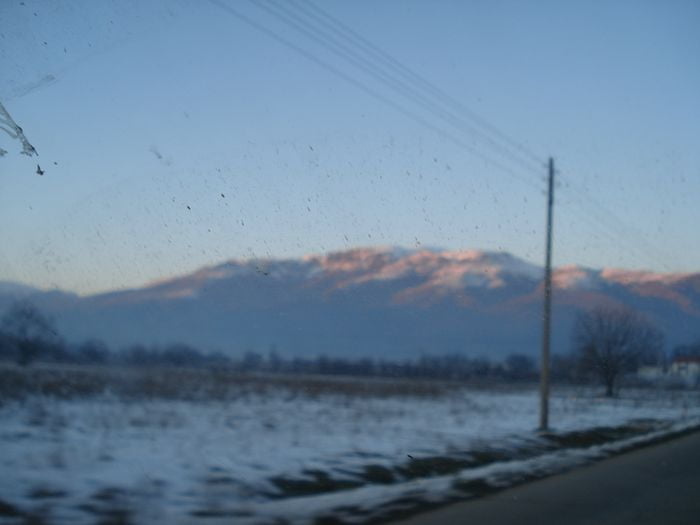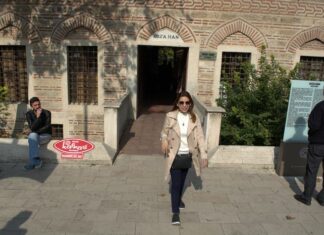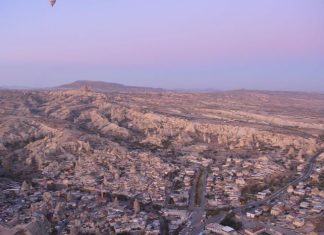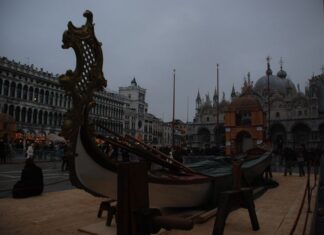Having appeared in the Eastern Urals region in the first centuries of the first millennium AD, the Savirs reached Eastern Caucasus in the 5th century. They took an active part in the political life of Iran and Byzantium. A little later they were in the Bulgarian Union. They left the south under the pressure of the Khazars and founded the town of Suvar in the region of Middle Volga, which had an important role in the life of the Volga Bulgarians.
It is possible that the community of the Bilirs (Bilers) existed in the varied ethnic conglomerate of Volga Bulgaria. The foundation of the town of Bilyar, the second capital of the country, was probably their work. West European sources maintain that at the time of the rule of the Magyar Ruler Takson (circa 970), Muslim migrants from Volga Bulgaria came to the Hungarian Kingdom.
The sources call them Bileres. Later, a new group of migrants, led by one Hasan, joined them. Having been made welcome, the newcomers settled on the left bank of the Danube where they founded the town of Peshta, which is a part of the modem capital of Hungary Budapest.
Magyars appeared
Archaeological data show that the population of the country included Slavs, Armenians and people from Middle Asia mainly Chorezmians. In the second half of the 8th century, the Magyars appeared in the region of Middle Volga and Lower Kama. Later, these ethnic groups with different languages mixed and formed the main population of Volga Bulgaria.
Volga Bulgaria was a multi ethnic state even at the time of its formation. The Bulgarians were at its core. After the conquest of the Golden Horde in the middle of the 13th century, the Turkic element expanded without hampering the ethnic cultural nature of the Volga Bulgarians.
The demographic hardships for the Danube Bulgarians began with the Ottoman invasion in the last decades of the 14th century. The foreign occupation forced thousands to flee and to seek refuge from the pillage and violence in the regions to the north of the Danube. Separate groups of the population were deported to Asia Minor; others were sold at the slave markets in the islands of the Aegean Sea from where their traces are completely lost.
Internal migration started in the early centuries of the Ottoman rule. Tens of villages in the plains were deserted because the Bulgarians preferred to move away from the main roads used by the Ottoman Army in their frequent marches towards the Western Balkans and Central Europe. As a result of the colonization of Muslim inhabitants from Asia Minor, the ethnic structure of some regions changed considerably.
Read More about The Story in it part 14








